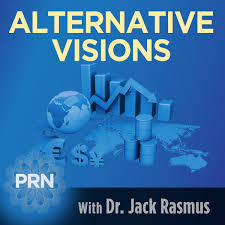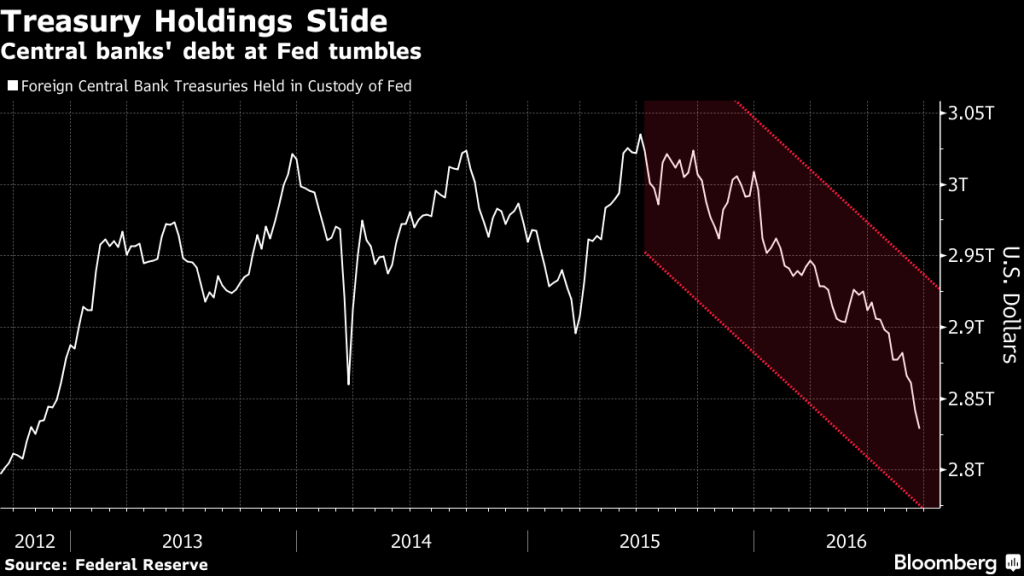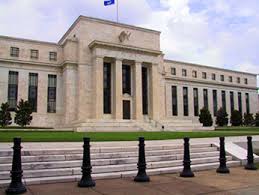Dr. Rasmus initially comments on the continuing slowdown of prices and the Federal Reserve’s 9 year long phony targeting of 2% inflation. Rasmus reviews his…

Central bank
- Home/
- Tag/
- Central bank/

Dr. Rasmus explains how the global capitalist economy crossed a kind of economic rubicon with the 2008-09 global crash and has not been able to…

Download this episode (right click and save) Dr. Rasmus reviews key decisions by central banks this past week that are making investors nervous about stock…

The US stock markets are recognized by a growing number of analysts as approaching, or already in, bubble territory. Yet stocks have ratcheted up another…
Happy New Year! May yours be peaceful, safe and impactful! As tumultuous as last year was from a global political perspective on the back of…

Years before she declared her candidacy for president, Hillary Clinton’s health was of concern to her family and those in her inner circle. She had…

Dr. Rasmus explains why a Federal Reserve interest rate hike is coming very soon. Why central bank monetary policies in US, Europe and Japan have…

Central banks have cut Treasuries for three straight quarters Pullback may be a sign the bond market is at a tipping point Share on FacebookShare…

Today’s show examines and discusses the past week’s major decisions by the Federal Reserve and the Bank of Japan, and how they represent growing failure…

Interest rates and presidential candidates:

Populist movements - real populist movements, not the "pop" populism trumped in the U.S. - are building momentum across the globe. Gerald Celente breaks down…

Federal Reserve Vice-Chairman Stanley Fischer made a couple of controversial statements this week regarding negative interest rates. Fisher stated negative rates “seem to work” while…